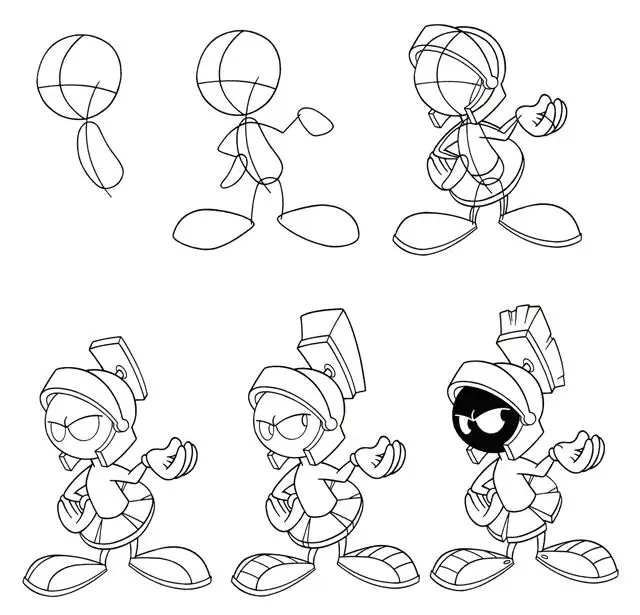If you are just learning to draw, then the study of the object that you conceived to portray can turn into a whole science! The human mind has a certain habit of taking some kind of notes about every object that we see. The amount of information available to our vision is too large, so you can learn to draw only when you learn to choose the necessary and important elements. So, let's learn to draw!

It is necessary
Notepad or sketchbook, pencils of different softness, eraser
Instructions
Step 1
Don't forget about white space! To make the drawing look natural, draw not only the main elements, but also everything around them. For example, when trying to paint a portrait, first sketch out the space between the nose and lip, or, for example, when portraying a landscape, prioritize the space between the trunk and the branches of the tree.
Step 2
Finger and pencil - a tried and true measure of proportions! Don't be afraid to use it. Gradually, you will learn how to measure proportions with amazing accuracy, but first you have to pay attention to very small differences between the sizes of lines and elements of the depicted object.
Step 3
The cell can also contribute to the correct determination of the proportions at first: you obviously will not be bothered by a translucent film with sufficiently small square cells, which will help determine the size of the depicted object by eye.
Step 4
The simplest and most familiar objects, judging by repeated studies, are the most difficult to depict. Why? The fact is that at the sight of such an object, our attention seems to relax and does not register details. However, there is a way to make it work - try drawing an upside-down object! For example, take a very simple photo or picture (a picture of a house, for example) and turn it over to start sketching. You will immediately notice how much more difficult the task has become, but this exercise is a great way to train attentiveness, accuracy and drawing technique.
Step 5
So, how to check your result a little more objectively than with your own eyes (of course, you may seem like a real Van Gogh to yourself!)? Use a mirror! Just look at the reflection of your drawing and notice any inaccuracies or imperfections.






